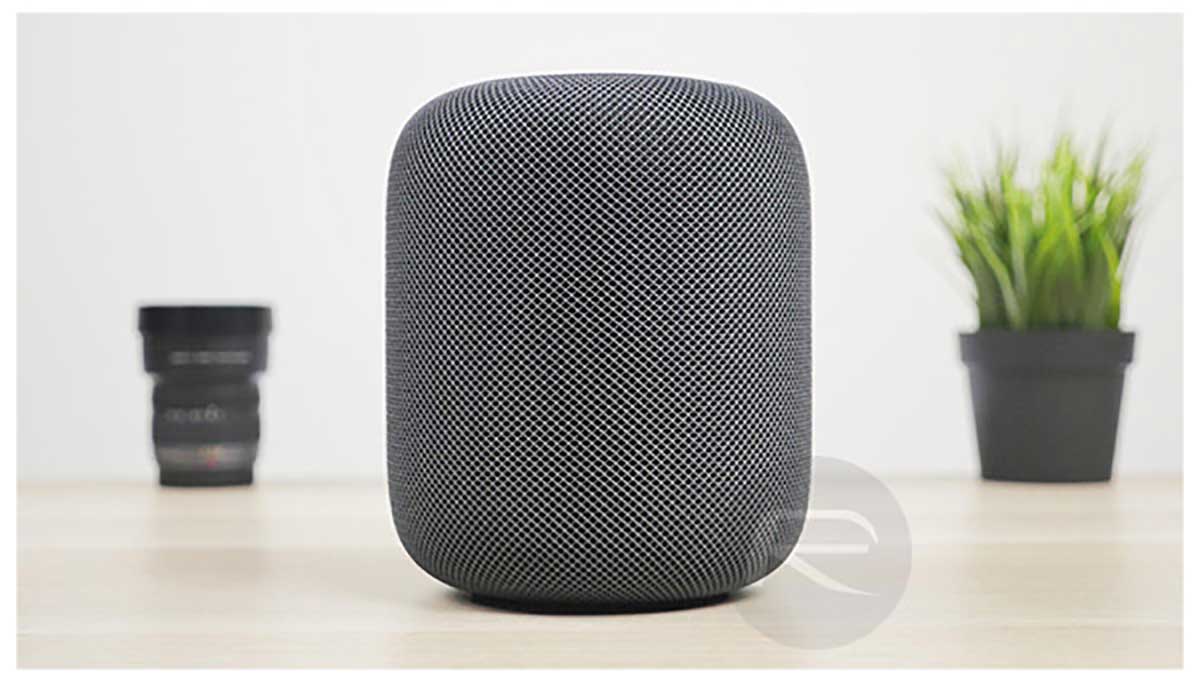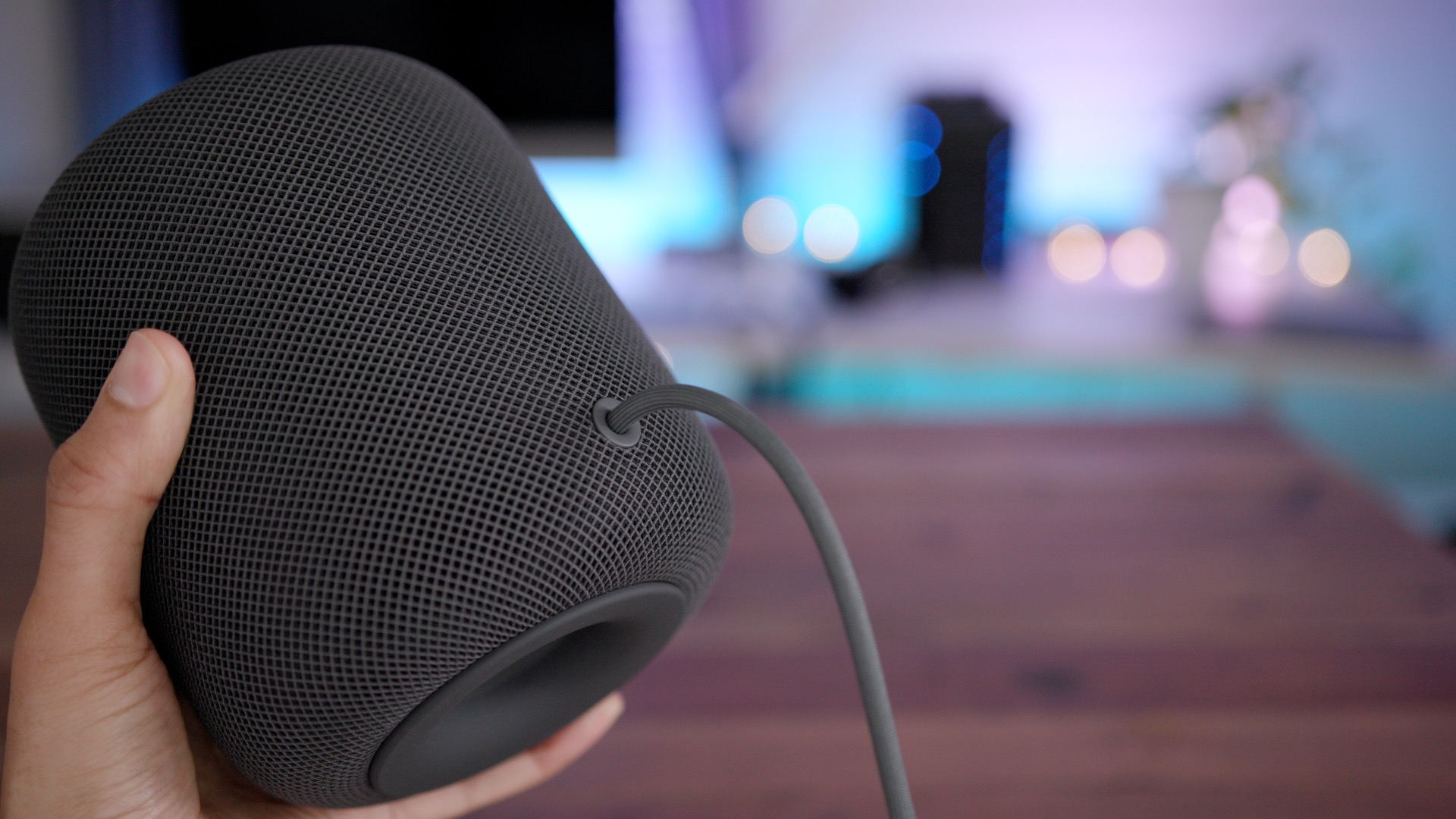


I set iTunes Volume Control to launch at login, so it’s basically always running when I use my computer and I never have to turn it on when I need it 2. Once you’ve installed the app, you’ll find it’s much better experience playing music from iTunes with HomePod as your speaker. I use the latter option, so I can control my Mac volume with the keys normally and then use ⌘ + or ⌘ – to adjust iTunes when I need to.
:max_bytes(150000):strip_icc()/004-how-to-use-apple-airplay-with-homepod-9f15578be8e44601bad00b30c763460e.jpg)
When it’s running, it can entirely take over mute, volume up, and volume down – or, you can set it so you have to hold a modifier key like Command before hitting the keys. Created by Andrea Alberti, it’s an app that lives entirely in your menu bar and changes the Mac’s hardware volume keys to control iTunes instead. To get around this, I installed a Mac app called iTunes Volume Control that’s available on GitHub. Plus, if I want to change the volume on HomePod after the music starts, I have to go into iTunes and drag the slider – you can’t turn it down that quickly. This occurs since HomePod uses iTunes’ in-app volume slider to adjust its levels rather than your Mac volume, and iTunes is usually at 100% because the hardware keys are used control my computer’s overall sound instead 1. If you’ve picked up Apple’s HomePod in the past few weeks and tried to use iTunes on your Mac to Airplay something to the speaker, you probably got blasted with the music playing at full volume.


 0 kommentar(er)
0 kommentar(er)
